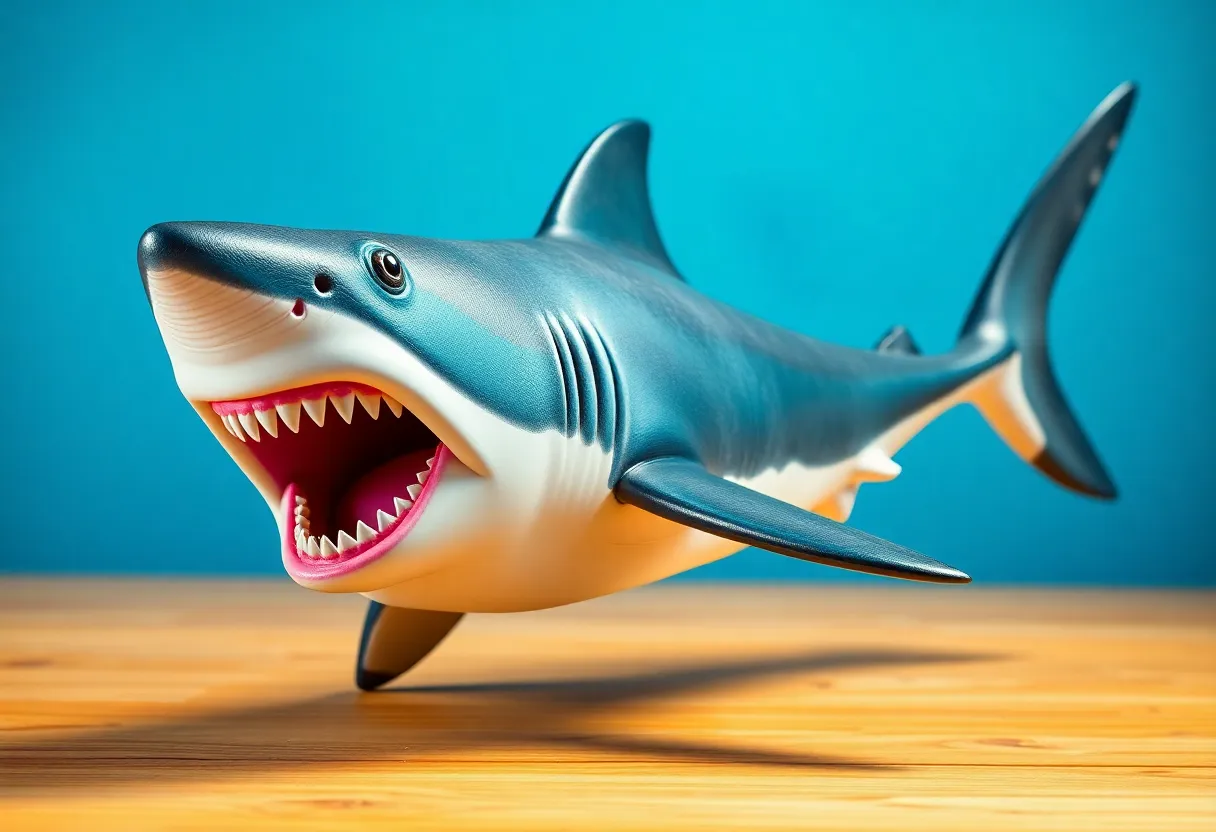Embracing Originality: Lessons from a Summer Read in Springfield
This past summer, I decided to shake things up a bit in my routine here in Springfield. Instead of indulging in the classic summer flick, “Jaws,” I thought it would be refreshing to go back to the source and read Peter Benchley’s novel. Little did I know, this little decision would spark a bigger conversation about originality and creativity—a theme that resonates strongly in the world of marketing and business.
A Brave New World of Storytelling
To be honest, I wasn’t prepared for how unscary “Jaws” would be. I’ve read my fair share of horror novels that still gives me chills just thinking about them, like “Salem’s Lot” and “It.” Benchley’s story, on the other hand, was a unique venture into uncharted waters (pun intended!). Back in the 1970s, the idea of shark attack thrillers barely even existed. Shark research was almost laughable. Yet, here was Benchley, crafting a story that blazed a trail into a genre that hadn’t even been defined yet.
This line of thinking mirrors what often happens in marketing. Think of many successful marketing campaigns—they were once considered reckless ideas. Companies spend billions annually on advertising, always hoping to grab that coveted attention in a crowded marketplace. The challenge here is the fear of risk. Most companies prefer to play it safe, mimicking what has been done rather than daring to step out into the unknown.
The Sea of Sameness
This brings me to what I like to call the “Sea of Sameness.” It’s that murky water where brands look and sound the same. When your marketing doesn’t stand out, you might as well just toss your cash into the ocean. Customers are drawn to originality. When they find something different, that’s when they really engage. After all, no one is waiting with bated breath to see what a brand struggling to fit in will do next.
One of my early mentors had this brilliant saying: “Your job is to make people give a sh*t about your brand.” It’s simple yet powerful. When your brand is original, it naturally captivates attention. Copycats, on the other hand, are often left in the dust. Just look at “Jaws.” Despite its immense success, how many of its sequels have left a lasting impression? With four or five sequels being produced, many of them floundered in the shadow of the original. Audiences recognized these attempts for what they were—mere imitations.
Lessons from the Sharknado Frenzy
Now let’s take a moment to talk about something that some might roll their eyes at: “Sharknado.” Yes, it was utterly absurd to pair sharks with tornadoes, but hey, it was original, and people noticed. In fact, by 2017, the Sharknado franchise raked in an astonishing $4.5 billion, while the first movie was made on a shoestring budget of $2 million. That’s what taking a risk can do!
Even titles like “The Meg” managed to carve out their niche by breaking from the “Jaws” lineage in a quirky way and made over quadruple its budget at the box office. This isn’t just about sharks; it’s about that broader concept of breaking away from tradition. Take a look at your brand and its competitors. If there’s any resemblance that feels too similar, it might be time to take a long, hard look in the mirror and decide to blaze your own trail.
Final Thoughts
If you’re still on the fence about this idea of originality, consider this: By copying industry leaders, you might inadvertently bolster their brand image in the eyes of consumers. Instead of gaining recognition, you may just be fueling someone else’s success story. So, channel your inner Sheriff Brody and remember his famous parting words from “Jaws”: “Smile, you son of a bitch.” And go create something original!
In a world full of noise and imitations, let’s celebrate those who dare to be different. Embrace creativity, take risks, and watch as your brand rises above the sea of sameness!









